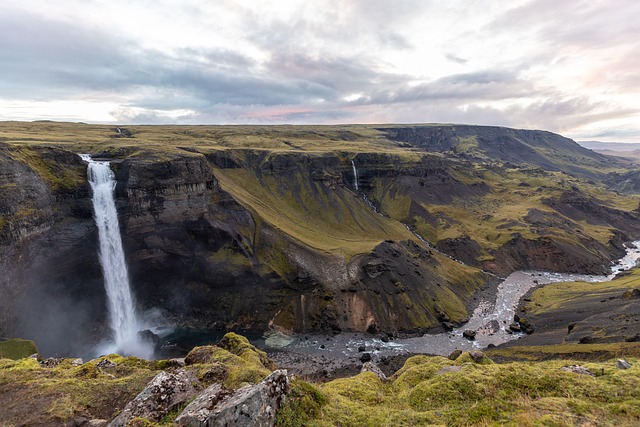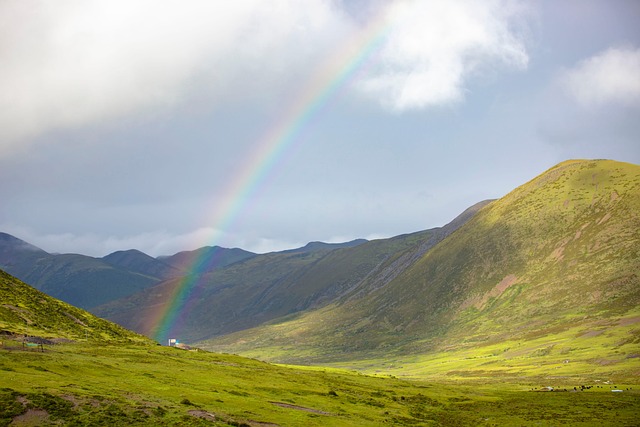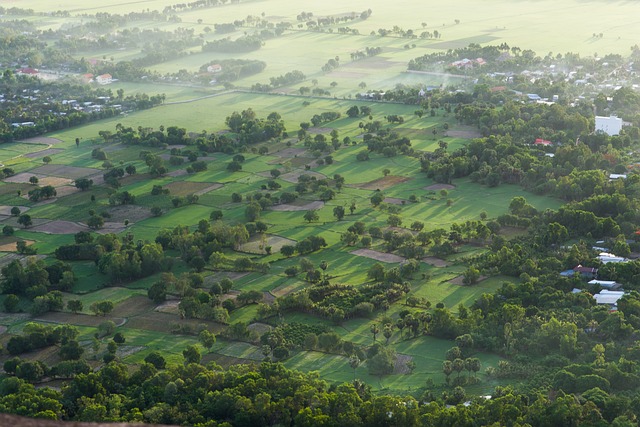Family parks and community centers are essential urban assets, offering recreational spaces, fostering community bonds, and providing health benefits. Real estate developers strategically integrate these amenities to enhance property values and promote sustainable living. Community centers, with their diverse services, boost neighborhood quality of life, social interaction, and property appeal. The real estate industry is revitalizing these spaces, recognizing their role in driving local economies and catering to diverse community needs through innovative design and programs.
“Family parks and community centers are transforming urban landscapes, becoming vital hubs for neighborhood development. In this article, we explore their multifaceted roles in fostering community engagement and well-being. From green spaces that encourage outdoor activities to community centers offering diverse programs, these venues significantly impact local real estate trends. We delve into how developers and urban planners are designing and revitalizing these spaces, creating vibrant, interconnected communities. Discover the economic and social benefits that family parks and community centers bring to neighborhoods, shaping desirable locations for residents and investors alike.”
The Role of Family Parks in Community Development

Family parks and community centers play a pivotal role in the development and well-being of any neighborhood or city. These green spaces are more than just recreational areas; they act as catalysts for community bonding and growth. In today’s fast-paced world, where real estate is often synonymous with towering skyscrapers and crowded urban landscapes, these parks offer a respite, a place for residents to connect with nature and each other. They foster a sense of belonging and serve as hubs for various activities that cater to all ages, from playgroups for toddlers to fitness classes for seniors.
The benefits extend beyond social interaction. Studies show that access to green spaces like family parks can significantly enhance mental and physical health. They contribute to improved air quality, provide opportunities for outdoor exercise, and offer a peaceful escape from the hustle and bustle of city life. Moreover, these community centers often host educational programs, cultural events, and workshops, enriching residents’ lives and fostering a vibrant, diverse social fabric. For developers and urban planners, integrating family parks into real estate projects is a strategic move that not only adds aesthetic value but also promotes sustainable living and strengthens the sense of community.
Community Centers: Spaces for Connection and Growth

Community centers stand as vibrant hubs in any neighborhood, offering a diverse array of amenities that cater to all ages and interests. These spaces are more than just gathering places; they foster connections and contribute to the overall growth of residents. From hosting educational workshops and cultural events to providing recreational activities, community centers play a pivotal role in enhancing the social fabric of a community.
In the realm of real estate, the presence of well-equipped community centers can significantly boost property values. Buyers are increasingly drawn to neighborhoods with these amenities, recognizing their value for family bonding, social interaction, and personal development. Community centers become the heart of a neighborhood, fostering a strong sense of belonging and enriching the quality of life for all residents.
Real Estate Trends Shaping These Community Hubs

The real estate landscape is evolving, with a significant trend towards developing and revitalizing community spaces, including family parks and community centers. This shift reflects a growing awareness of the importance of accessible, vibrant hubs that foster connections and enhance neighborhood lifestyles. Real estate investors and developers are recognizing the value of creating these community assets, which not only contribute to social well-being but also drive local economies.
By embracing innovative design and sustainable practices, modern family parks and community centers are becoming game-changers in urban planning. These spaces cater to diverse needs, from recreational activities for all ages to event hosting and program offerings that promote healthy living and community engagement. The real estate trends shaping these hubs indicate a future where neighborhoods thrive on strong communal bonds, offering residents more than just a place to live—but a vibrant, dynamic center for social interaction and collective growth.






